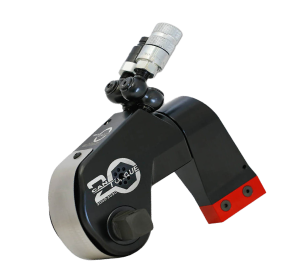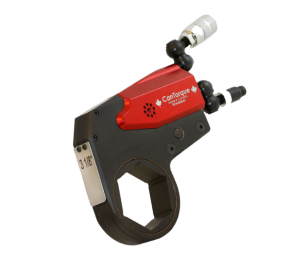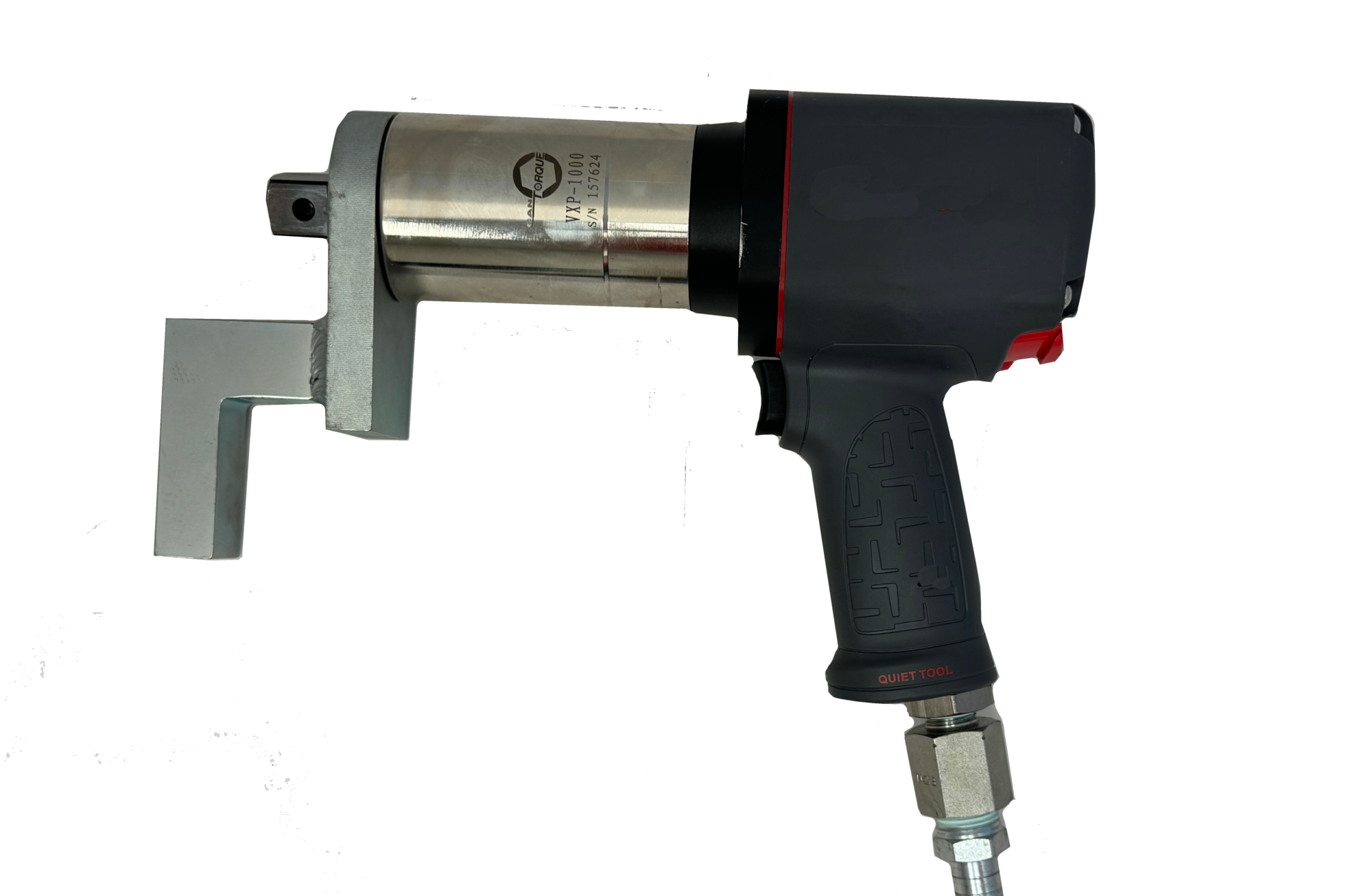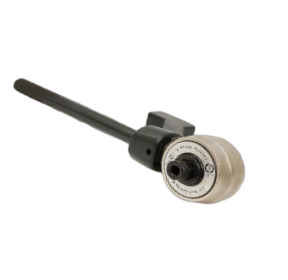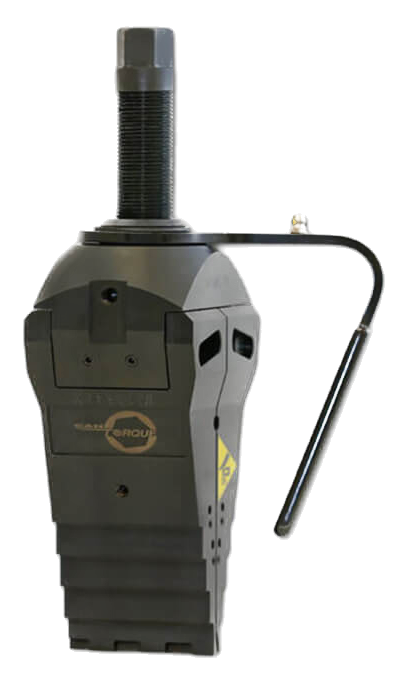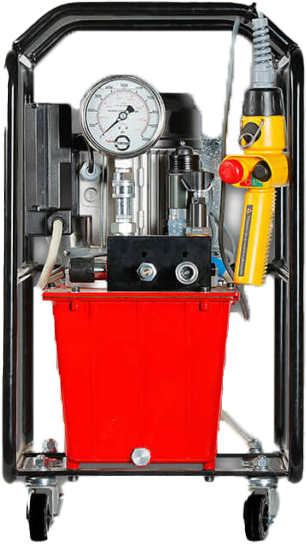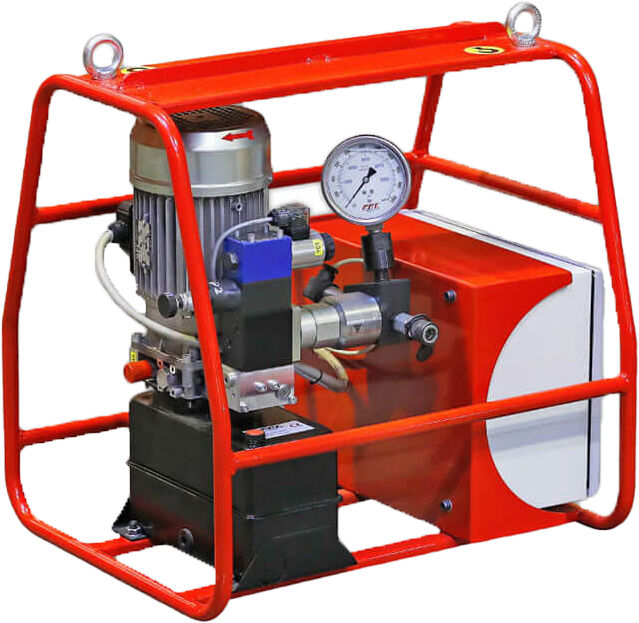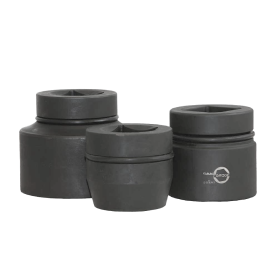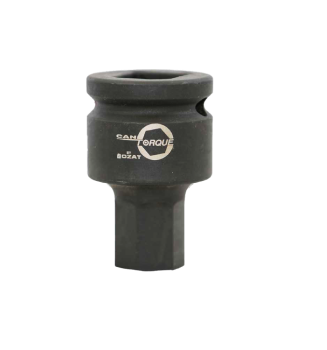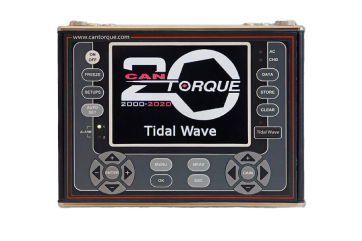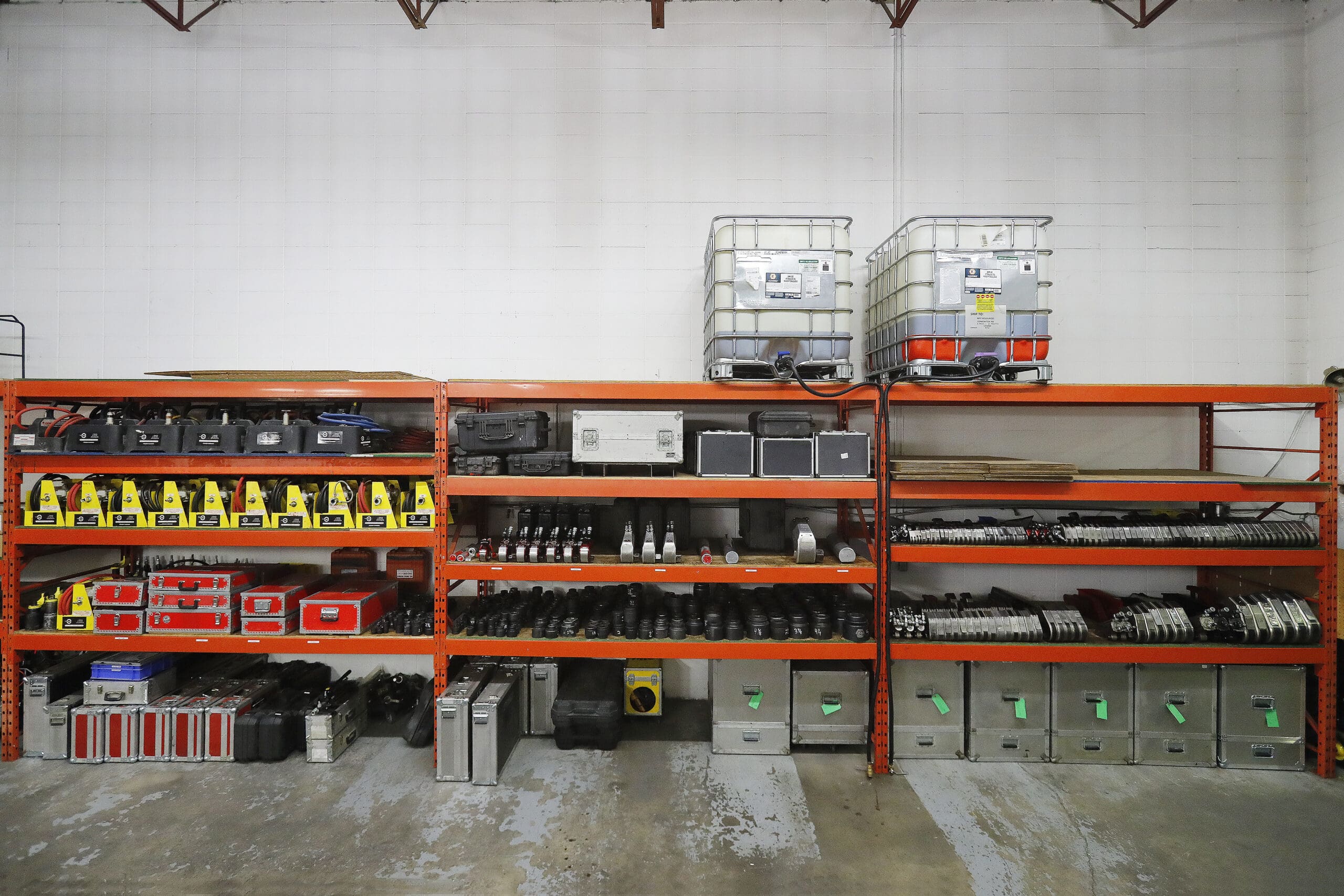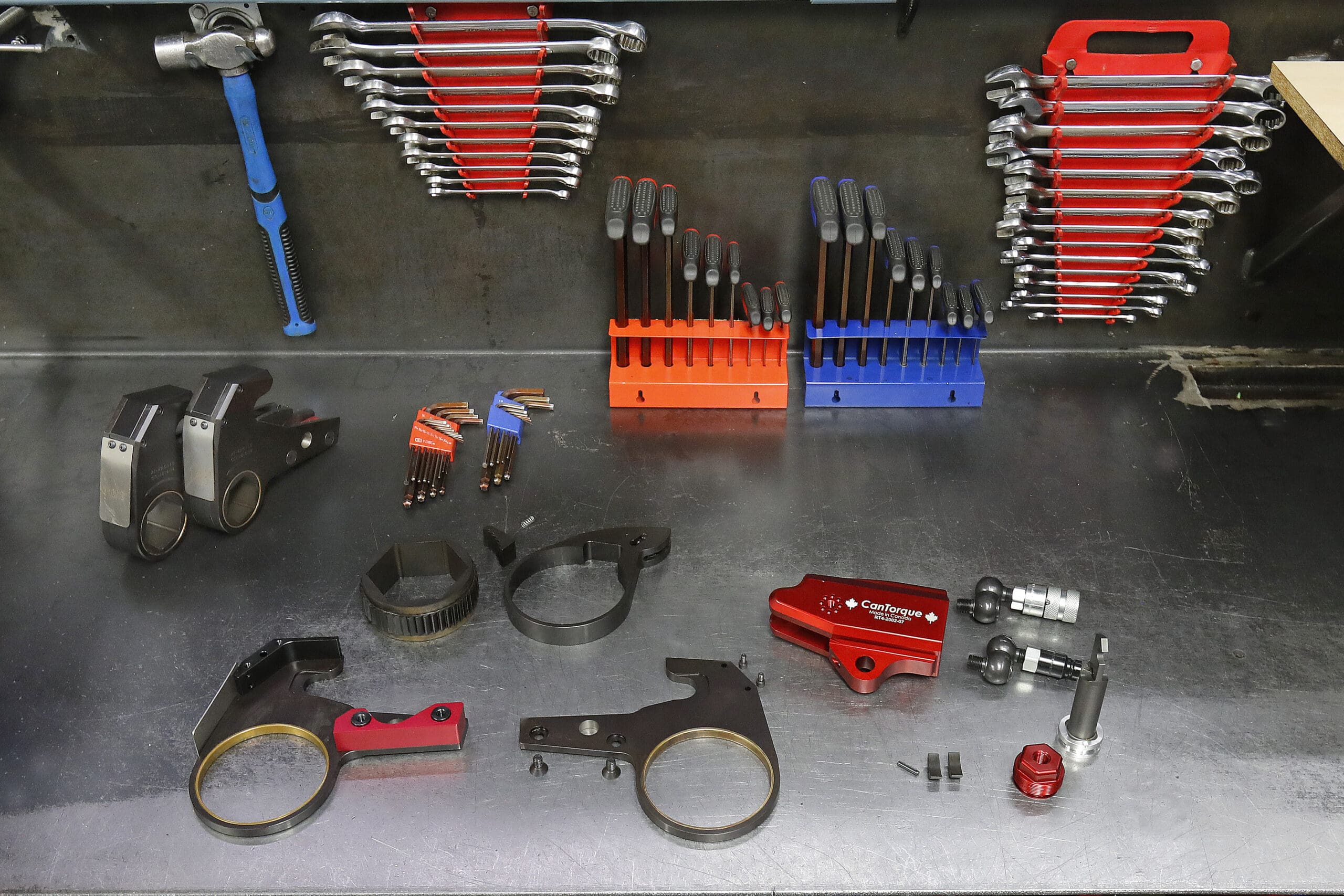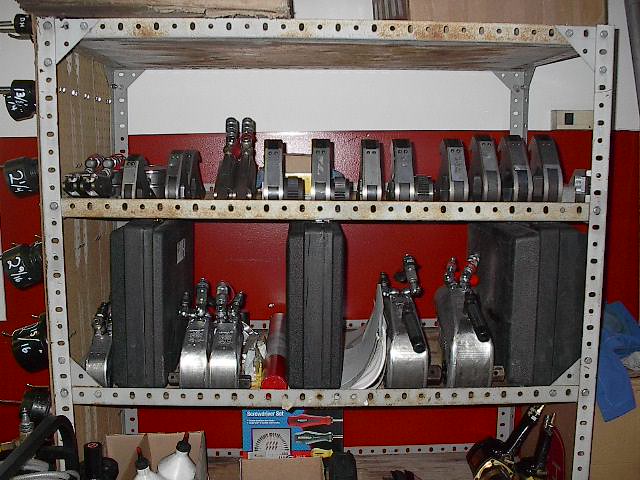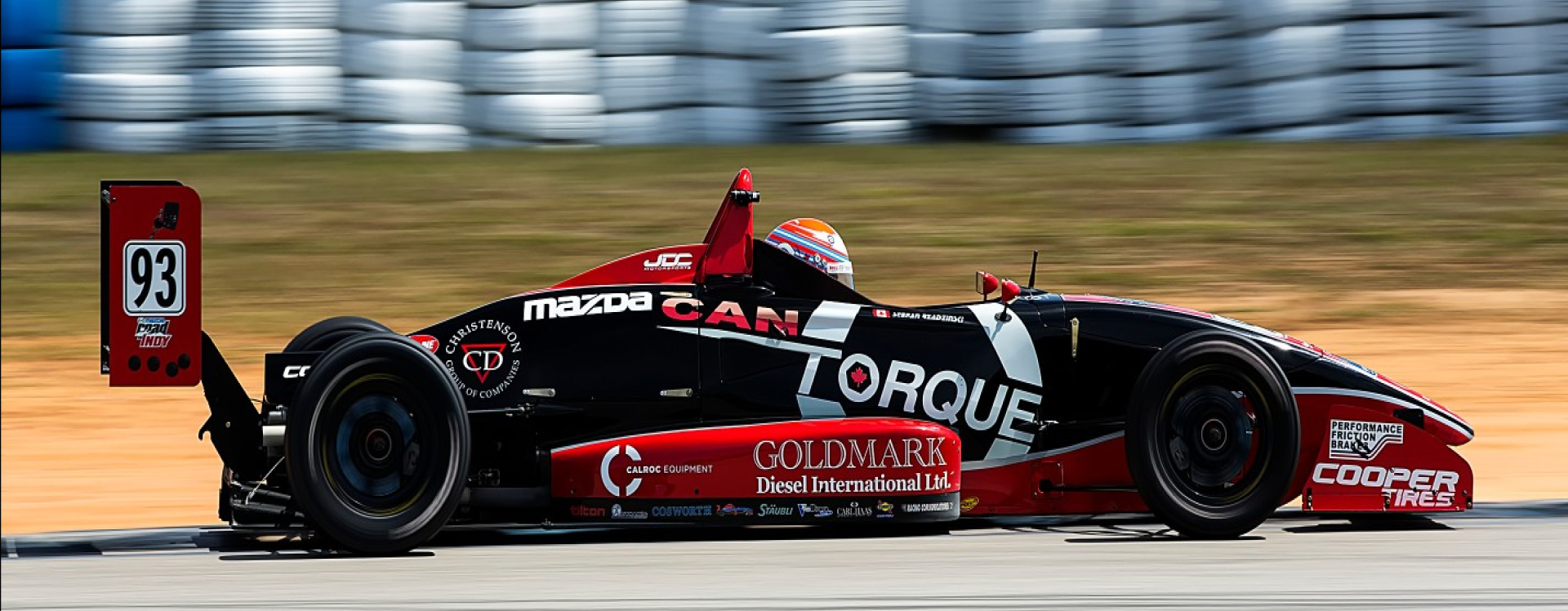Welcome To The Ultimate Guide On How Torque Tools Work!
Before we dive into it, we first will take a brief overview on the common types of torque tools.
This guide should be considered as a Living Document that will be updated over time. Please check back regularly.
We will also give you some tips to use in order to get the most out of your tool, safely and effectively for years to come!
If you have any questions regarding torque tools, feel free to reach out to our team, and we will happily assist you!
Email: info@cantorque.com
Phone: +1-780-436-2000
Let’s dive into The Ultimate Guide On How Torque Tools Work!
So What Is Torque?
Torque can have several iterations but within our world torque is most easily described as:
The application of a force on a lever with a fixed point. The picture below shows a combination wrench on a karting axle.
The wrench is fixed at the nut and will have force applied by hand a the opposite end.


In North America we refer to torque by “Foot Pounds”-this is a somewhat inaccurate description. When applying torque we are actually applying Pounds of Force per Foot, Europeans will say “Pounds Feet” which is far more accurate. When working in metric units the notation would be Newton Meters or NM.
An average person can generate about 100 Pounds of force when pulling. If pulling with 100 Pounds of force on a wrench that is one foot long it would equal 100 foot pounds or 100 Lbf/ft (pounds force per foot). By extension, pulling with the same 100 Pounds of force on a five foot long wrench would generate 500 Lbf/ft.
Check out a more comprehensive definition here – wikipedia.
So What Is A Threaded Fastener?
Threaded Fastener may sound confusing or intimidating but it shouldn’t, they’re just studs or bolts.
While they may look like static pieces of steel nothing could be further from the truth.
Threaded fasteners whether stud or bolt are actually industrial springs. They stretch when tightened and it’s the fastener’s tendency to return to its original size that actually holds things together (also known as Clamping Force).
At some point we’ve all played with a pen spring, gently pulling and watching it snap back; most of us have also gone a bit too far where the spring comes back but not all the way and then have to dispose of the spring. In the world of Controlled Bolting these phases of stretching have specific terms:
Elastic Region-where a fastener will stretch and return back to normal size
Yield Point or Plastic Deformation-where the fastener has distorted-it may return but not fully, at this point it will need to be replaced
Rupture Point-As it sounds, fastener breaks
When used properly Torque Tools will help to keep fasteners within the Elastic Region.
There are several styles of Torque Wrench, the most common of which is a Mechanical Torque Wrench. They are specifically designed to alert the operator when the desired torque has been achieved. Micrometer or “Clicker” wrenches make up the overwhelming majority of the mechanical torque wrench category and will emit an audible ‘click’ which can also be felt by the operator.
Other types of Mechanical Torque Wrench are dial, split beam, slipper, break back, electronic to name a few; all of which have their own unique mechanical operation and torque alert signal.
These tools play a very important role where accurately tightened fasteners are a crucial factor in the given application…and this may be an industrial secret but all fasteners should be accurately fastened.
An everyday example of where a Torque Wrench is used is when installing wheels on your vehicle. Wheel studs have a Torque specified by the manufacturer in order to attain optimal results (not too tight, not too loose – just right).
Equally important to accuracy is consistency meaning that that all fasteners in a joint are loaded to approximately the same torque so that each fastener is doing the same amount of work. If one is over loaded and the balance are underloaded you can risk the possibility of a fastener failure. Once a single fastener fails the remaining fasteners have to bear that load and it’s likely only a matter of time before the balance fail.
So What Is A Hydraulic Torque Wrench?
This is an advanced version of the traditional handheld torque wrench but instead of a wrench being acted on by manual force of an operator pulling on a wrench the wrench is acted on by a hydraulic piston. There are 3 factors that determine a Hydraulic Wrench’s output:
Length of Wrench (often referred to as a drive plate)
Surface area of Actuator Piston
Hydraulic pressure applied
When applying pressure to the surface area of the piston we create Force (pounds). When that force acts on the Wrench at a distance (feet) Torque is generated. Adjusting the Hydraulic Pressure will adjust the Torque Output of the Wrench.
In the animation highlighting our RT-4 we show that at max pressure of 10,000 PSI the actuator generates 15,000 Pound of force and with a lever arm of 3 3/4″ results in 4,000 Lbf/ft of torque.
By adjusting the input pressure of the actuator we can predict the output of the tool. IE: 5000 PSI will result in 2,000 Lbf/ft of torque
These wrenches are lightweight and quiet compared to impact wrenches. Known for their high accuracy, to the extent of +3%, they are ideal for industries and application utilizing large diameter (1″+) fasteners.
So What Is A Pneumatic Torque Wrench?
Pneumatic is defined as: Containing or operating by air or gas under pressure.
Pneumatic Torque Wrenches, also known as Nutrunners use very high powered and high speed air motors connected to a high ratio planetary gear box to deliver torque in a tool that continuously rotates without the noise or vibration of Impact Wrenches. They work in concert with a Filter/Regulator/Lubricator (FRL) assembly that will adjust the amount of air pressure the tool receives.
Nutrunners will generally work in an air pressure range of about 20-90 PSI. As with a Hydraulic Torque Wrench, the amount of pressure used will determine the output of the tool.
The force of an air motor may only be 15-30 Lbf/ft but spins at 1000’s of RPM. When running through the gear box the speed is reduced but the power is multiplied, resulting in outputs of 100’s of foot pounds to tens of thousands of foot pounds and the output will be as low as a fraction of an RPM to dozens of RPM.
So How Do I Get The Most From My Torque Tool?
Aside from making sure your Torque Tool is functional the most important thing is accuracy. Torque Tools’ accuracy can change for a number of reasons.
Factors that affect Mechanical Torque Wrench accuracy:
- Being dropped or abused
- Leaving load on the spring, a Mechanical Wrench should be returned to the lowest graduation at the end of use
- High volume use causing internals to wear
- Unwinding the wrench too much which causes the internal pivot block to dislodge
- Stored in dirty/wet conditions
Factors that affect Hydraulic Torque Wrench accuracy:
- Pressure gauge on pump loses accuracy
- Piston wears cylinder
- Lubrication between piston rod and drive plate mechanism
- Drive components will wear over time
Hydraulic Wrenches are somewhat unique in that as they wear from new their output can actually increase over time
Factors that affect Pneumatic Torque Wrench accuracy:
- Air motor vanes/cylinder/rotor wear
- Any amount of wear in the gearbox
- Water in the air motor
- Lubrication in the gearbox
- Pressure gauge accuracy on the FRL assembly
It is very important that you have your Torque Tool verified and calibrated on a regular basis.
Cleaning and Lubricating is also vital to the life of your Torque Tool. One law with all torque tools:
NEVER GREASE A RATCHET! Grease is too thick and can prevent the pawl/segment from engaging with the ratchet teeth, it can also get into the springs and limit their operation. Ratchets should be cleaned and a light film of oil applied to prevent corrosion.
To maintain accuracy and extend the life of your Torque Tool it’s also best practice to clean your tool after every use.
Hydraulic wrenches need the following lubricated regularly:
- Piston rod
- Drive plate
- Side plates
- Any internal moving parts (aside from ratchet)
There you have it, you have worked through the The Ultimate Guide On How Torque Tools Work, and we hope you learned some valuable information to take your trade to the next level!
As we stated before, please refer back to this article as a living document, as we will be periodically updating the material.
Conclusion:
The staff at CanTorque are always available to assist you with tool selection, operation and maintenance. Please feel free to contact us at any time:
Phone: 1-877-436-4364
Email: info@cantorque.com Check out our previous blog release: “CanTorques Innovative Magnetic Connection Pin”
Stay Tuned For What’s Next: The Ultimate Guide for Torque Tool Calibration
If you enjoyed the content, please give The Ultimate Guide On How Torque Tools Work a share on the following social platforms!
